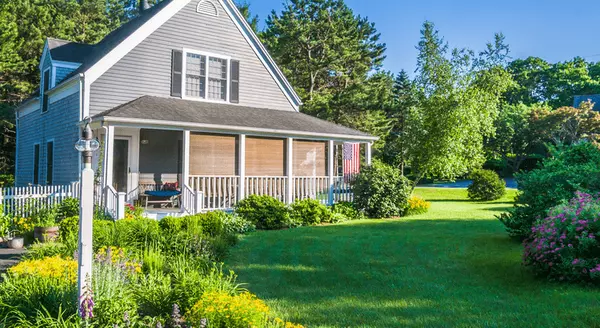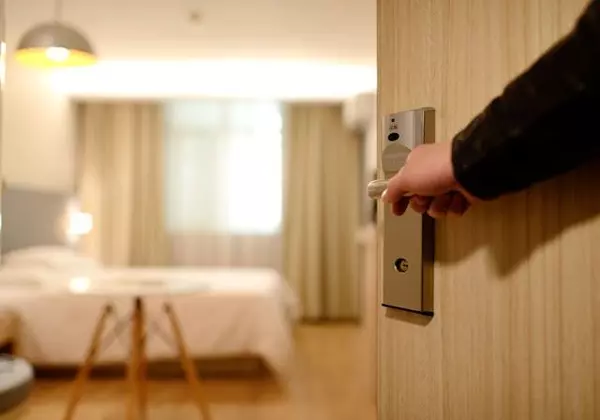The Micro-Living Movement: Tiny Homes, Big Opportunities in Real Estate

In a world where simplicity meets sustainability, the micro-living movement is making a significant impact on real estate. Tiny homes, with their minimalistic footprint and efficient design, are not just a lifestyle choice; they represent big opportunities for both homeowners and real estate investors. In this blog, we’ll delve into the micro-living movement, exploring the charm of tiny homes and the vast possibilities they bring to the real estate landscape.
1. The Allure of Tiny Homes:
Tiny homes, often ranging from 100 to 400 square feet, offer a lifestyle characterized by simplicity and functionality. Their compact size appeals to those seeking a minimalist and environmentally conscious way of living.
2. Affordability and Financial Freedom:
One of the most significant advantages of tiny homes is their affordability. With lower construction costs, reduced utility bills, and minimal maintenance expenses, tiny homeowners often enjoy financial freedom and a lower cost of living.
3. Minimal Environmental Impact:
Tiny homes are eco-friendly by design. Their reduced energy consumption, smaller carbon footprint, and the potential for off-grid living contribute to a more sustainable and environmentally conscious lifestyle.
4. Versatility in Location:
Tiny homes are not restricted to traditional neighborhoods. Their small size allows for placement in a variety of settings, from urban lots to rural landscapes. This versatility opens up opportunities for unique and picturesque living arrangements.
5. Rising Popularity and Market Demand:
The micro-living movement is gaining momentum globally. As more people seek a simpler and more sustainable lifestyle, the demand for tiny homes is on the rise. This presents a unique opportunity for real estate developers and investors to cater to this growing market.
6. Creative Design Solutions:
Designing tiny homes requires creative solutions to maximize space. From multi-functional furniture to innovative storage solutions, the tiny home movement is driving advancements in architectural design that can inspire even larger-scale housing projects.
7. Potential for Community Living:
Tiny home communities are emerging, fostering a sense of shared living and community engagement. These developments provide an alternative to traditional housing communities, emphasizing a collaborative and close-knit lifestyle.
8. Investment Opportunities:
Real estate investors can capitalize on the micro-living movement by developing or investing in tiny home projects. From standalone tiny homes to entire communities, this niche market offers unique opportunities for those looking to diversify their real estate portfolios.
Conclusion:
The micro-living movement is not just a trend; it’s a transformative force in the real estate industry. Tiny homes represent more than just compact living spaces; they embody a shift towards sustainable, affordable, and community-oriented living. As the movement continues to gain traction, those with a vision for innovation and a commitment to sustainable living are well-positioned to reap the big opportunities presented by these tiny homes. Whether you're considering downsizing or exploring new avenues in real estate investment, the micro-living movement opens doors to a world of possibilities. Happy exploring! 🏠🌱✨
Categories
- All Blogs (781)
- Buyer's Market (9)
- Cash Flow (2)
- Design and Maintenance (42)
- Featured Listings (6)
- First-Time Home Buyers (39)
- Holidays (5)
- Home For Sale (7)
- Home Loans (3)
- Home Pricing (3)
- Home Showing (2)
- Homeowners (24)
- Investment Properties (9)
- Market Update (10)
- Mortgages (9)
- Real Estate Fun Facts (12)
- Real Estate Investors (22)
- Real Estate Marketing (13)
- Seller's Market (4)
- Selling Your Home (20)
- Sold Homes (12)
- South Jersey Updates (26)
- This Weekend Happenings (28)
- Tips For Home Buyers (17)
Recent Posts

![Builders Are Building Smaller Homes [INFOGRAPHIC]](https://img.chime.me/image/fs/chimeblog/20240504/16/w600_original_39aacbf5-2468-464c-acda-b86e3e29eff4-png.webp)








GET MORE INFORMATION

